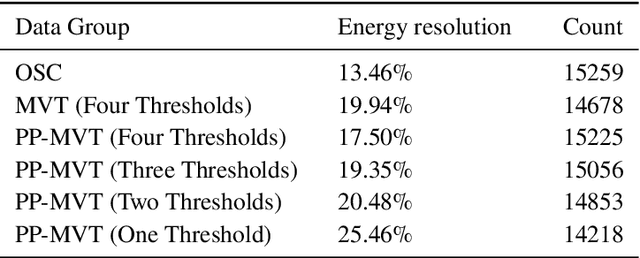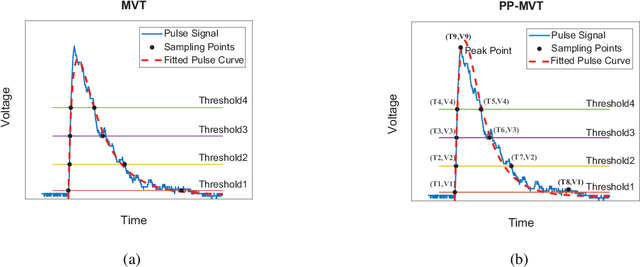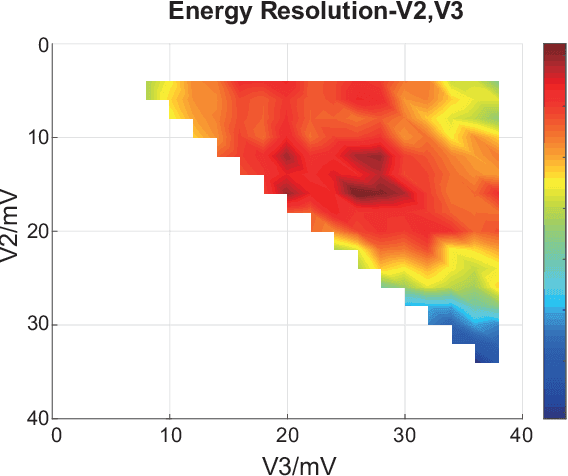Pingping Dai
MIPR:Automatic Annotation of Medical Images with Pixel Rearrangement
Apr 22, 2022



Abstract:Most of the state-of-the-art semantic segmentation reported in recent years is based on fully supervised deep learning in the medical domain. How?ever, the high-quality annotated datasets require intense labor and domain knowledge, consuming enormous time and cost. Previous works that adopt semi?supervised and unsupervised learning are proposed to address the lack of anno?tated data through assisted training with unlabeled data and achieve good perfor?mance. Still, these methods can not directly get the image annotation as doctors do. In this paper, inspired by self-training of semi-supervised learning, we pro?pose a novel approach to solve the lack of annotated data from another angle, called medical image pixel rearrangement (short in MIPR). The MIPR combines image-editing and pseudo-label technology to obtain labeled data. As the number of iterations increases, the edited image is similar to the original image, and the labeled result is similar to the doctor annotation. Therefore, the MIPR is to get labeled pairs of data directly from amounts of unlabled data with pixel rearrange?ment, which is implemented with a designed conditional Generative Adversarial Networks and a segmentation network. Experiments on the ISIC18 show that the effect of the data annotated by our method for segmentation task is is equal to or even better than that of doctors annotations
Soft-CP: A Credible and Effective Data Augmentation for Semantic Segmentation of Medical Lesions
Mar 20, 2022



Abstract:The medical datasets are usually faced with the problem of scarcity and data imbalance. Moreover, annotating large datasets for semantic segmentation of medical lesions is domain-knowledge and time-consuming. In this paper, we propose a new object-blend method(short in soft-CP) that combines the Copy-Paste augmentation method for semantic segmentation of medical lesions offline, ensuring the correct edge information around the lession to solve the issue above-mentioned. We proved the method's validity with several datasets in different imaging modalities. In our experiments on the KiTS19[2] dataset, Soft-CP outperforms existing medical lesions synthesis approaches. The Soft-CP augementation provides gains of +26.5% DSC in the low data regime(10% of data) and +10.2% DSC in the high data regime(all of data), In offline training data, the ratio of real images to synthetic images is 3:1.
Potential Advantages of Peak Picking Multi-Voltage Threshold Digitizer in Energy Determination in Radiation Measurement
Mar 08, 2021



Abstract:The Multi-voltage Threshold (MVT) method, which samples the signal by certain reference voltages, has been well developed as being adopted in pre-clinical and clinical digital positron emission tomography(PET) system. To improve its energy measurement performance, we propose a Peak Picking MVT(PP-MVT) Digitizer in this paper. Firstly, a sampled Peak Point(the highest point in pulse signal), which carries the values of amplitude feature voltage and amplitude arriving time, is added to traditional MVT with a simple peak sampling circuit. Secondly, an amplitude deviation statistical analysis, which compares the energy deviation of various reconstruction models, is used to select adaptive reconstruction models for signal pulses with different amplitudes. After processing 30,000 randomly-chosen pulses sampled by the oscilloscope with a 22Na point source, our method achieves an energy resolution of 17.50% within a 450-650 KeV energy window, which is 2.44% better than the result of traditional MVT with same thresholds; and we get a count number at 15225 in the same energy window while the result of MVT is at 14678. When the PP-MVT involves less thresholds than traditional MVT, the advantages of better energy resolution and larger count number can still be maintained, which shows the robustness and the flexibility of PP-MVT Digitizer. This improved method indicates that adding feature peak information could improve the performance on signal sampling and reconstruction, which canbe proved by the better performance in energy determination in radiation measurement.
 Add to Chrome
Add to Chrome Add to Firefox
Add to Firefox Add to Edge
Add to Edge